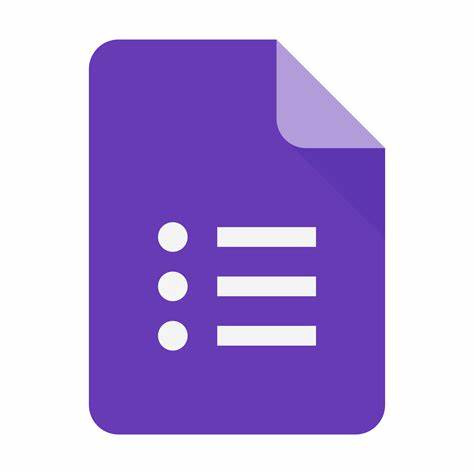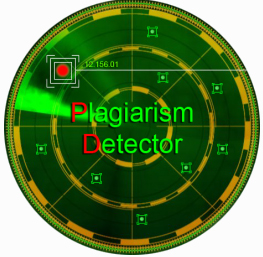THE APPLICATION OF MACHINE LEARNING USING GOOGLE EARTH ENGINE FOR REMOTE SENSING ANALYSIS
Abstract
The spatial dimensions and temporal resolutions of the change detection analyses have been limited by traditional methodologies (i.e., desktop computing, open source). For decades, Remote Sensing (RS) have been collected large amounts of data, which are difficult to manage and analyzed using standard software packages and desktop computing resources. For this, Google developed the Google Earth Engine (GEE) cloud computing to successfully meet the issues of large data analysis. GEE is a cloud-based computing as a planetary-scale geospatial platform for Earth science data and analysis, allows these spatiotemporal constraints to be lifted and handle massive amounts of geodata over wide areas and to monitor the environment over long periods of time. We summarize the GEE data catalog’s big geospatial data such as Climate and weather for surface temperature, climate, atmospheric and weather. It also contains Imagery like Landsat, Sentinel, MODIS and High-resolution Imagery and Geophysical information contains of terrain, land cover, cropland, and other geophysical data. Furthermore, supervised machine and unsupervised machine algorithms were used for several applications for Land Use Land Cover (LULC), hydrology, urban planning, natural disasters, and climate assessments. The research describes the utilization to resolve the big data using machine learning algorithm.
Full Text:
PDFReferences
N. Gorelick, M. Hancher, M. Dixon, S. Ilyushchenko, D. Thau, and R. Moore, “Google Earth Engine: Planetary-scale geospatial analysis for everyone,” Remote Sens. Environ., vol. 202, pp. 18–27, 2017, doi: 10.1016/j.rse.2017.06.031.
N. Nurda, R. Noguchi, and T. Ahamed, Forest productivity and carbon stock analysis from vegetation phenological indices using satellite remote sensing in Indonesia, vol. 4, no. 3. Springer Singapore, 2020.
N. Nurda, R. Noguchi, and T. Ahamed, “Change detection and land suitability analysis for extension of potential forest areas in Indonesia using satellite remote sensing and GIS,” Forests, vol. 11, no. 4, pp. 1–22, 2020, doi: 10.3390/F11040398.
M. I. Habibie, T. Ahamed, and R. Noguchi, “Deep Learning Algorithms to determine Drought prone Areas Using Remote Sensing and GIS,” 2020 IEEE Asia-Pacific Conf. Geosci. Electron. Remote Sens. Technol., doi: 10.1109/AGERS51788.2020.9452752.
F. D. Julianto and Ediyanto, “Analisis Sebaran Potensi Kekeringan Dengan Cloud Computing Platform di Kabupaten Grobogan,” J. Ilm. Tek. Geomatika IMAGI, vol. 1, 2021.
M. I. Habibie, R. Noguchi, S. Matsushita, and T. Ahamed, “Development of micro-level classifiers from land suitability analysis for drought-prone areas in Indonesia,” Remote Sens. Appl. Soc. Environ., vol. 20, no. June, p. 100421, 2020, doi: 10.1016/j.rsase.2020.100421.
L. Vinet and A. Zhedanov, “Potential Fishing Zones Estimation Based on Approach of Area Matching Between Thermal Front and Mesotrophic Area Estimasi,” Ilmu dan Teknol. Kelaut. Trop., vol. 44, no. 8, pp. 951–952, 2011.
M. I. Habibie, R. Noguchi, M. Shusuke, and T. Ahamed, Land suitability analysis for maize production in Indonesia using satellite remote sensing and GIS-based multicriteria decision support system, vol. 5. Springer Netherlands, 2019.
X. Pan, Z. Wang, Y. Gao, X. Dang, and Y. Han, “Detailed and automated classification of land use/land cover using machine learning algorithms in Google Earth Engine,” Geocarto Int., vol. 0, no. 0, pp. 1–18, 2021, doi: 10.1080/10106049.2021.1917005.
R. C. Sharma, K. Hara, and H. Hirayama, “Improvement of Countrywide Vegetation Mapping over Japan and Comparison to Existing Maps,” Adv. Remote Sens., vol. 07, no. 03, pp. 163–170, 2018, doi: 10.4236/ars.2018.73011.
M. Enenkel et al., “What rainfall does not tell us-enhancing financial instruments with s
DOI: https://doi.org/10.33365/jti.v16i2.1872
Refbacks
- There are currently no refbacks.
Copyright (c) 2022 Muhammad Iqbal Habibie

This work is licensed under a Creative Commons Attribution-ShareAlike 4.0 International License.
JURNAL TEKNOINFO
Published by Universitas Teknokrat Indonesia
Organized by Prodi S1 Informatika FTIK Universitas Teknokrat Indonesia
W: http://ejurnal.teknokrat.ac.id/index.php/teknoinfo/index
E : teknoinfo@teknokrat.ac.id.
Jl. Zainal Abidin Pagaralam, No.9-11, Labuhan Ratu, Bandarlampung

This work is licensed under a Creative Commons Attribution-ShareAlike 4.0 International License.
Jumlah Pengunjung : View Teknoinfo StatsCounter



















